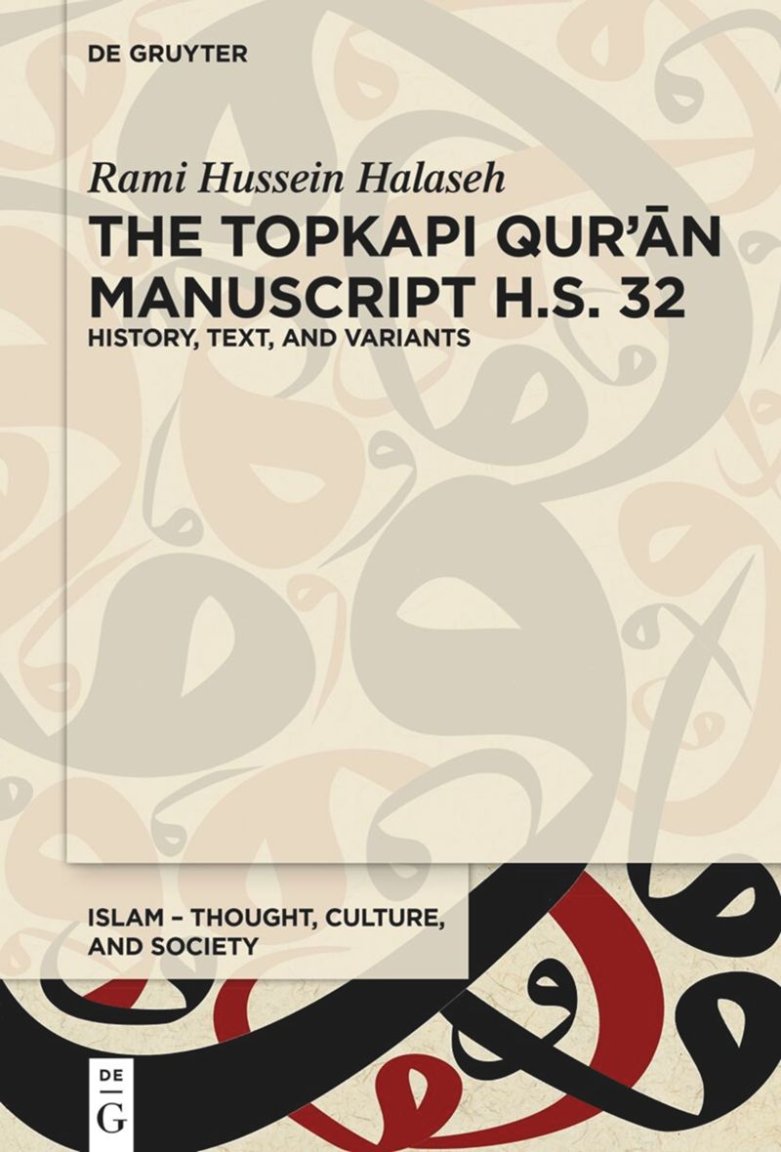Halaseh (Rami Hussein), The Topkapı Qurʾān Manuscript H.S. 32. History, Text, and Variants, Berlin, Degruyter, ("Islam - Thoughts, Culture and Society; 7"), 2024, 252 p. ISBN 9783111455259
Author
Rami Hussein Halaseh , Harvard University, Cambridge, MA, USA.
Presentation
This study presents a comprehensive and systematic examination of a revered Qurʾān manuscript, commonly attributed to the third Islamic Caliph, ʿUthmān b. ʿAffān (d. 35/656), housed at the Topkapı Palace Museum in Istanbul, Türkiye (identified as H.S. 32). Halaseh offers a meticulous analysis of the manuscript’s codicological, paleographic, and orthographic characteristics, explores its emendations, production date, and traces the manuscript’s journey first to Cairo and then to Istanbul. Additionally, the study examines and categorizes its textual variants, including what are considered today as non-canonical and some that are not previously attested in the major qirāʾāt literature. This work not only sheds light on the transmission of the Qurʾānic text but also establishes a comprehensive framework for researching Qurʾān manuscripts. By integrating methods for examining these manuscripts as both physical artifacts and scriptural texts, it presents a holistic methodological approach to their scholarly study.
(Credit Photo: https://www.dailysabah.com/arts/quran-basis-of-ottoman-empire-from-establishment-to-topkapi-palace/news)

